Flag References
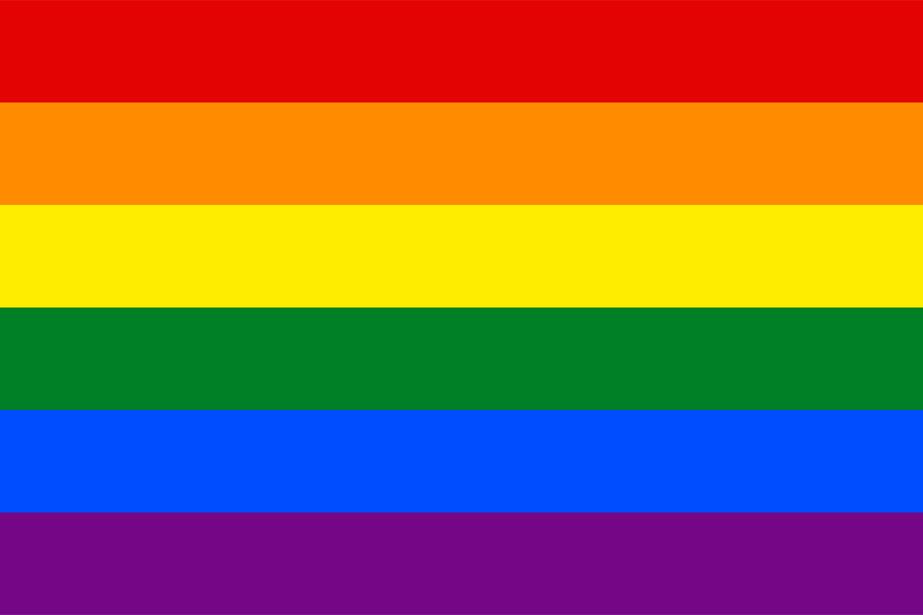
LGBTQ+ Pride Flag
An acronym for “lesbian, gay, bisexual, transgender and queer.” The “+” encompasses all other gender and sexual identities. The Rainbow Flag first appeared in 1978, when it was displayed during the San Francisco Gay Freedom Day Parade. Gilbert Baker, along with Lynn Segerblom, James, McNamara, and others, designed and created the rainbow flag to represent the LGBTQ+community
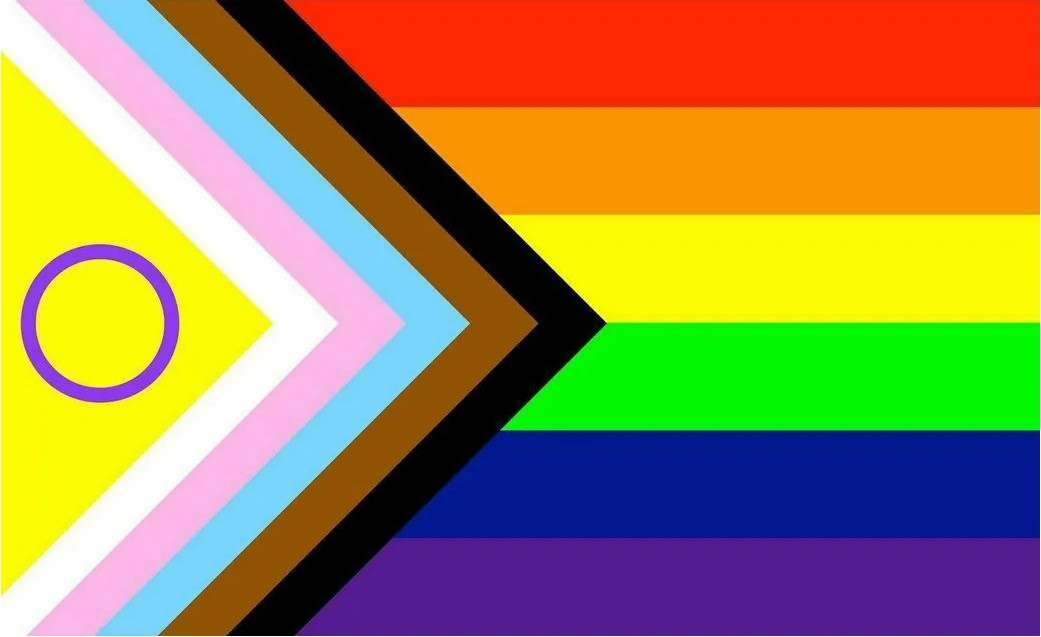
Modern Progress Pride Flag
Daniel Quasar, who identifies as queer and nonbinary, designed this flag. The white, pink, and light blue reflect the colors of the transgender flag, while the brown and black stripes represent people of color and those lost to AIDS, and also includes the pride flag.Moreover, the trans flag and minoritized community stripes are shifted to the hoist of the flag in the shape of an arrow. The arrow points to the right to show forward movement while being along the left edge shows that progress still needs to be made.
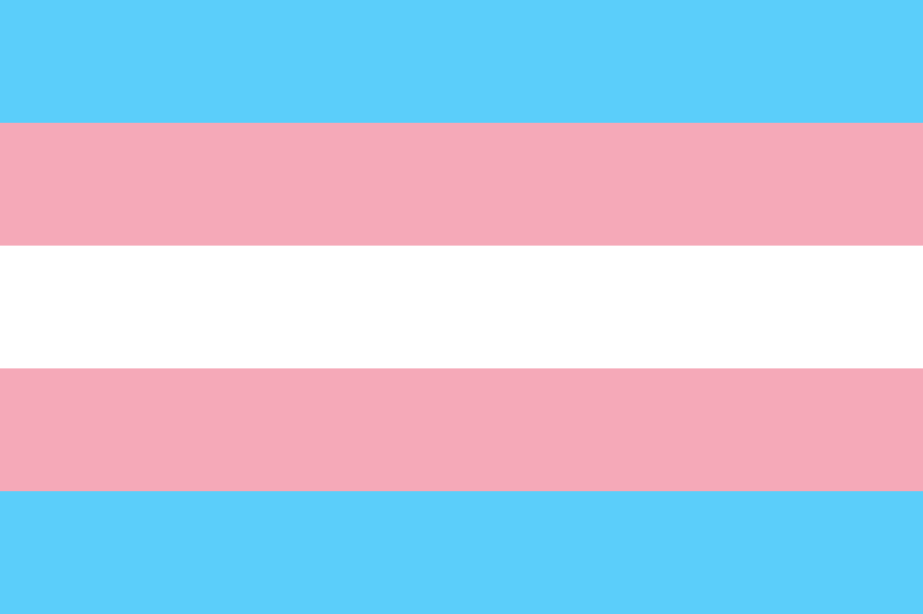
Transgender Pride Flag
An umbrella term used for those whose true gender identity does not “match” the sex or gender assigned at birth. Many identities fall under the transgender umbrella, often designated with an asterisk after the abbreviation,“”trans*.” Yet, not all gender-queer or non-binary people identify as transgender and some people who have transitioned to their true gender choose to identify as a “man” or “woman,” not “trans.”
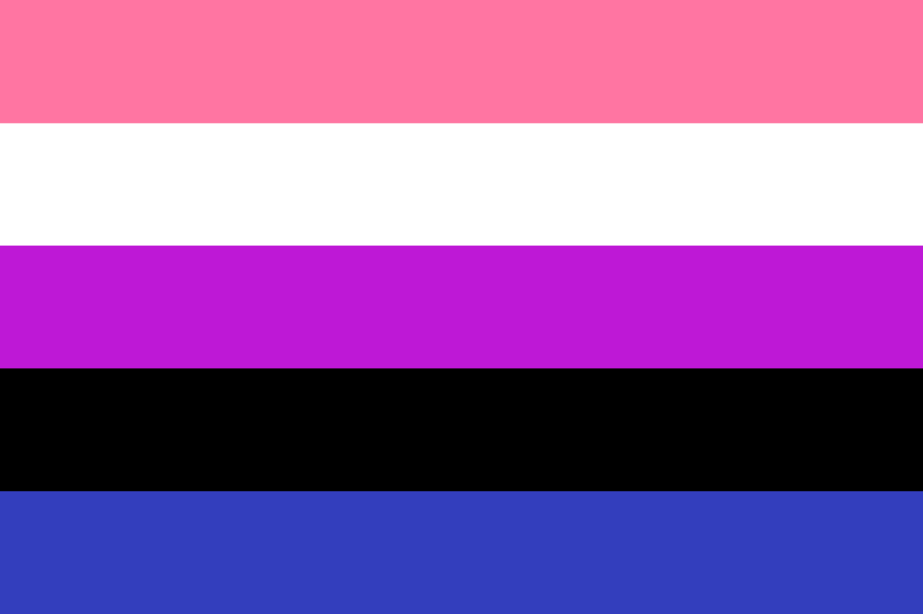
Genderfluid Pride Flag
Oxford Dictionary states that a gender-fluid person does not identify with a single fixed gender. Encompassing the fluctuations and the flexibility of gender in gender-fluid people, the flag features several colors. The pink stands for femininity. The white means the lack of gender.The purple means the combination of masculinity and femininity. The black is for all genders,including third genders. The blue reflects masculinity.
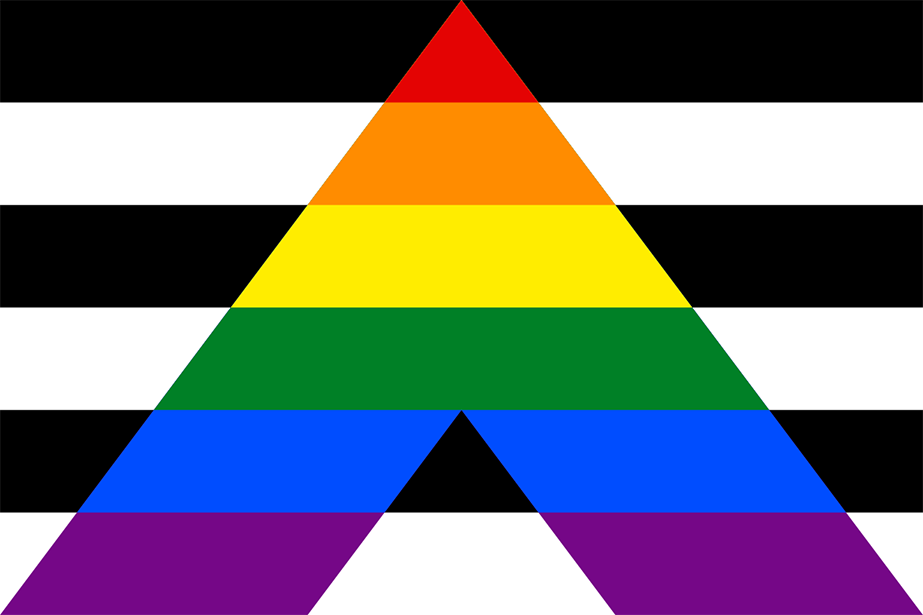
Straight Ally Pride Flag
Straight allies are heterosexual and/or cisgender people who support equal civil rights, gender equality, LGBTQA+ social movements, and challenges homophobia, biphobia, transphobia, and any discrimination against the LGBTQA+ community. The black and white stripes are thought to symbolize the yin and yang of female and male, while the dominant rainbow chevron represents the letter “A” for ally.
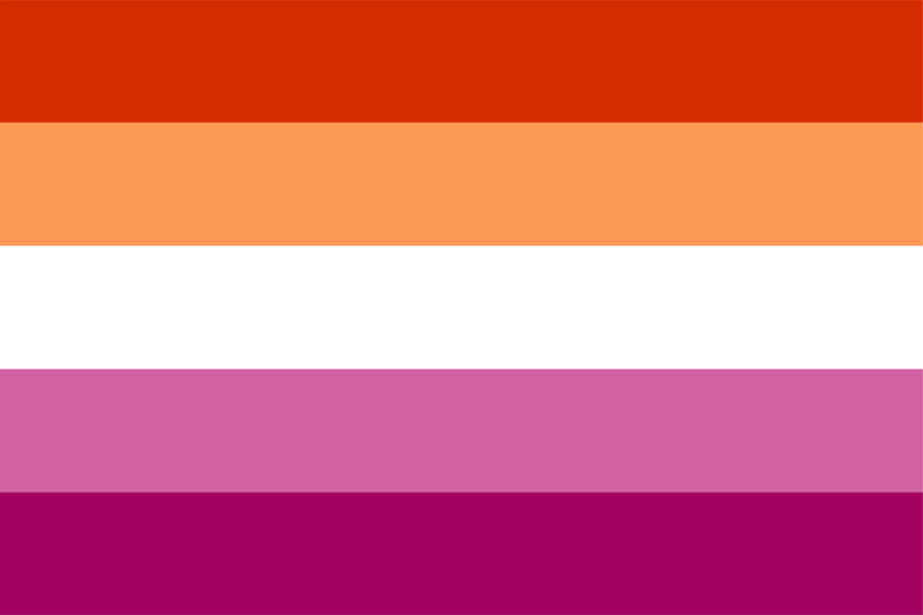
Lesbian Pride Flag
The Lesbian Pride Flag, featuring seven different shades of pink, orange, white and red, is flown as the official lesbian flag. In some cases an older variant is flown, which features more red and pink in the stripes instead of orange. Sometimes, this red / pink variant features the addition of a lipstick mark in one corner and is flown to celebrate the subculture of Lipstick Lesbian, members of which stick to a ‘feminine’ image rather than taking a ‘butch’ one.

Nonbinary Pride Flag
Anything that falls outside of the binary system. Intersex, gender queer, and bisexuality are all examples of non-binary identities.
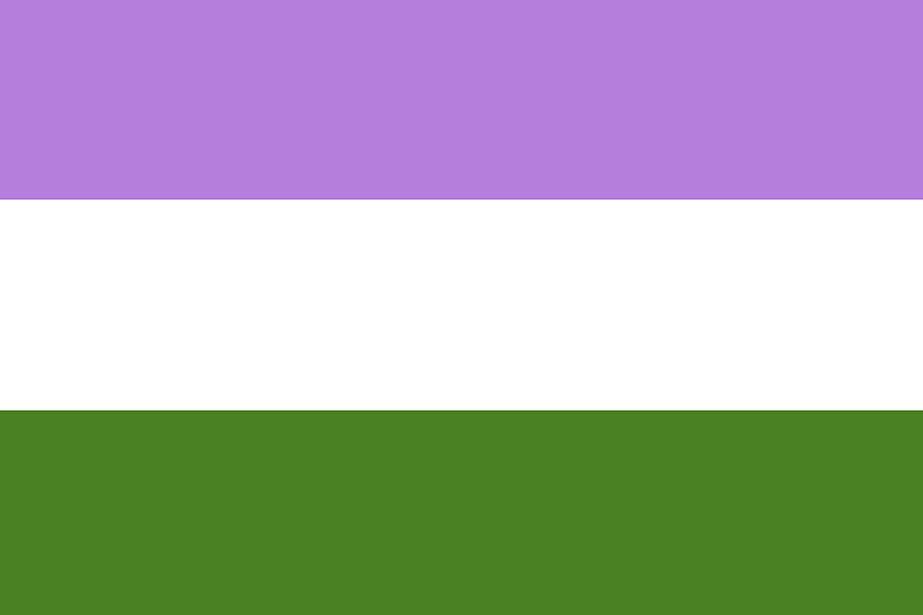
Genderqueer Pride Flag
A term that describes someone whose gender identity is not just a man or a woman. This identity can mean different things to different people.
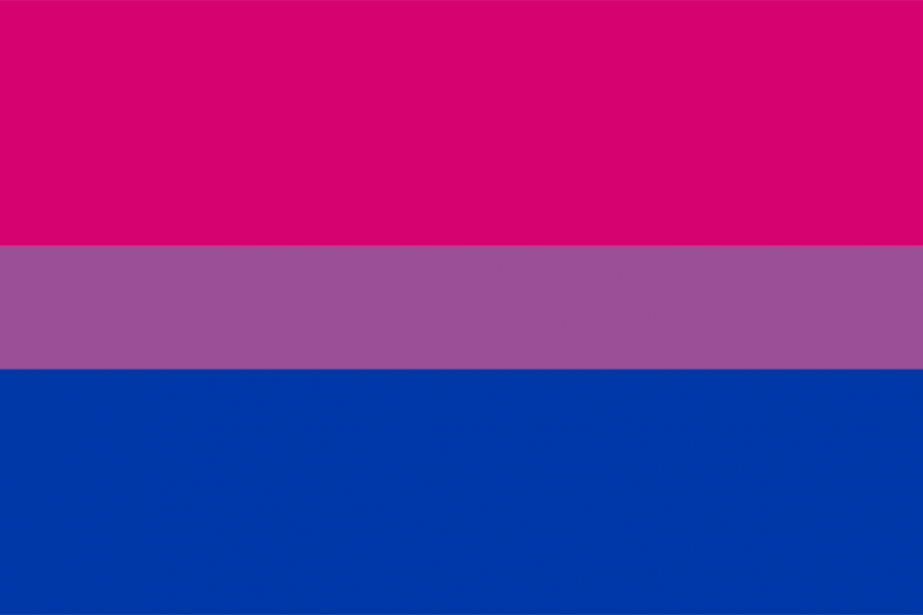
Bisexual Pride Flag
A term that describes a person emotionally, romantically, or sexually attracted to more than one sex, gender, or gender identity though not necessarily simultaneously, in the same way, or to the same degree.
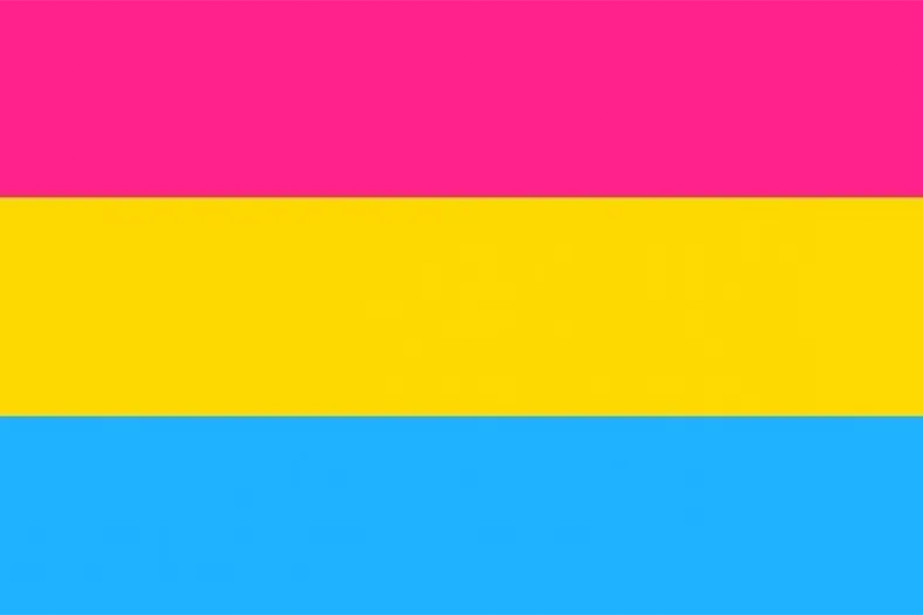
Pansexual Pride Flag
Describes people who are capable of being attracted to multiple sexes or gender identities.
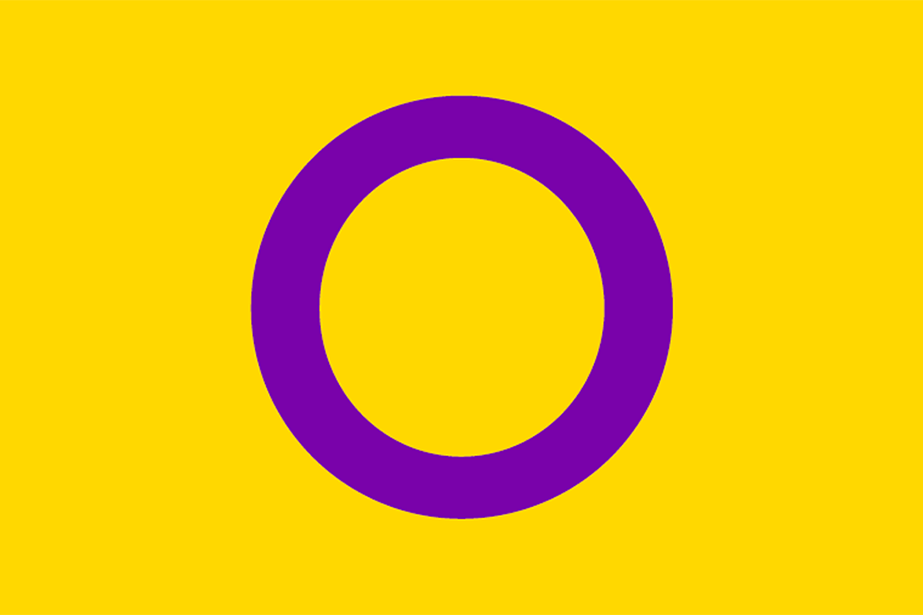
Intersex Pride Flag
Describes a person who is born with a sex that doesn’t fit the typical definitions of female or male due to genetic, hormonal, or anatomical differences.
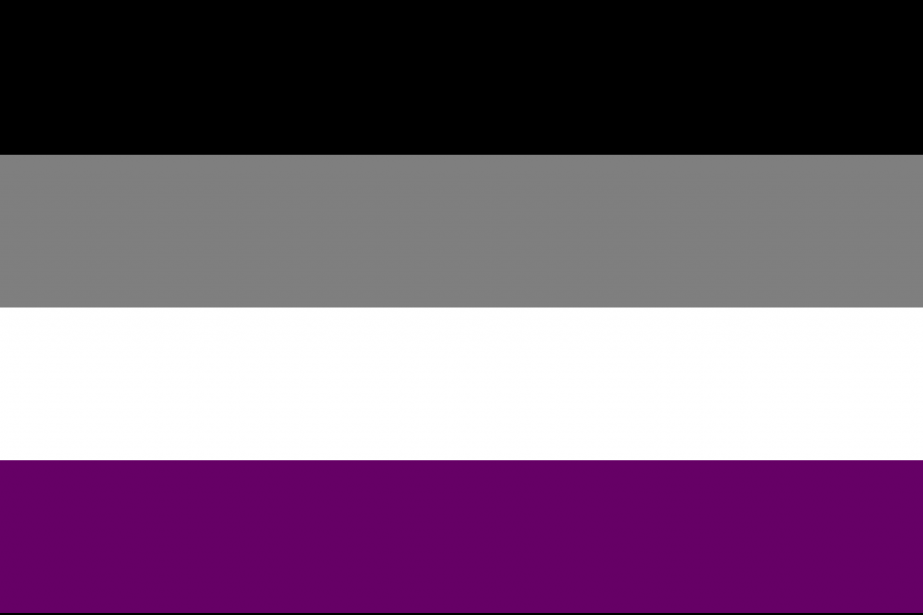
Asexual Pride Flag
Those who do not experience sexual attraction or have an interest in or desire for sex.Asexuality is often viewed as a spectrum meaning there are varying levels and identities regarding someone’s emotional, spiritual, and romantic attraction.
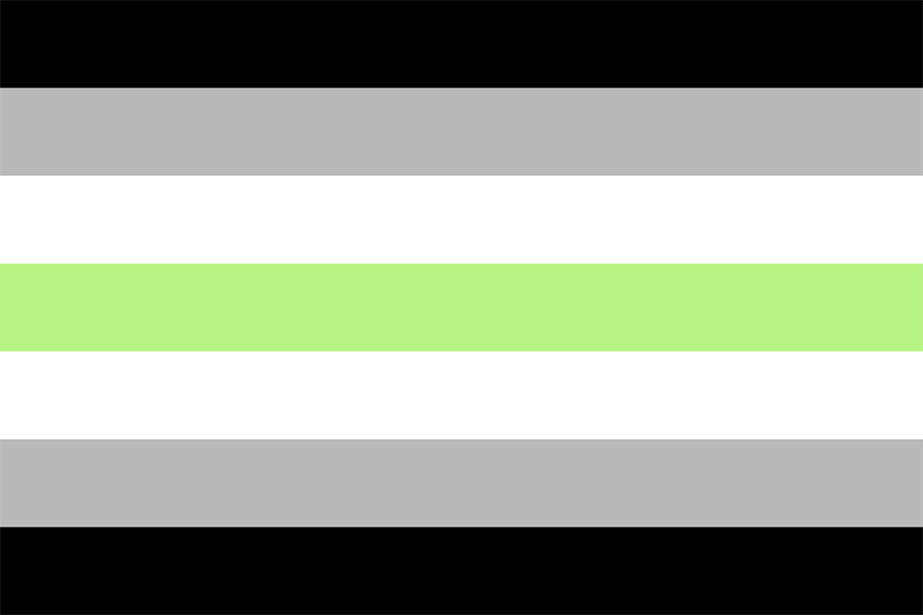
Agender Pride Flag
Describes people who do not identify themselves as having a particular gender. They can identify as gender-less, lacking gender, having a null gender, gender-neutral or having an undefinable gender.

Aromantic Pride Flag
Describes a person who experiences little to no romantic attraction to others and/or a lack of interest in forming romantic relationships.

Polyamory Pride Flag
Celebrates the infinite selection of partners available to polyamorous people. Polyamorous people practice intimate relationships with more than one partner, with the informed consent of all partners involved.

Polysexual Pride Flag
Describes people who are attracted to multiple genders but not all.A middle ground between bisexuality and pansexuality. Centered more around attractions to femininity and masculinity rather than gender itself.






